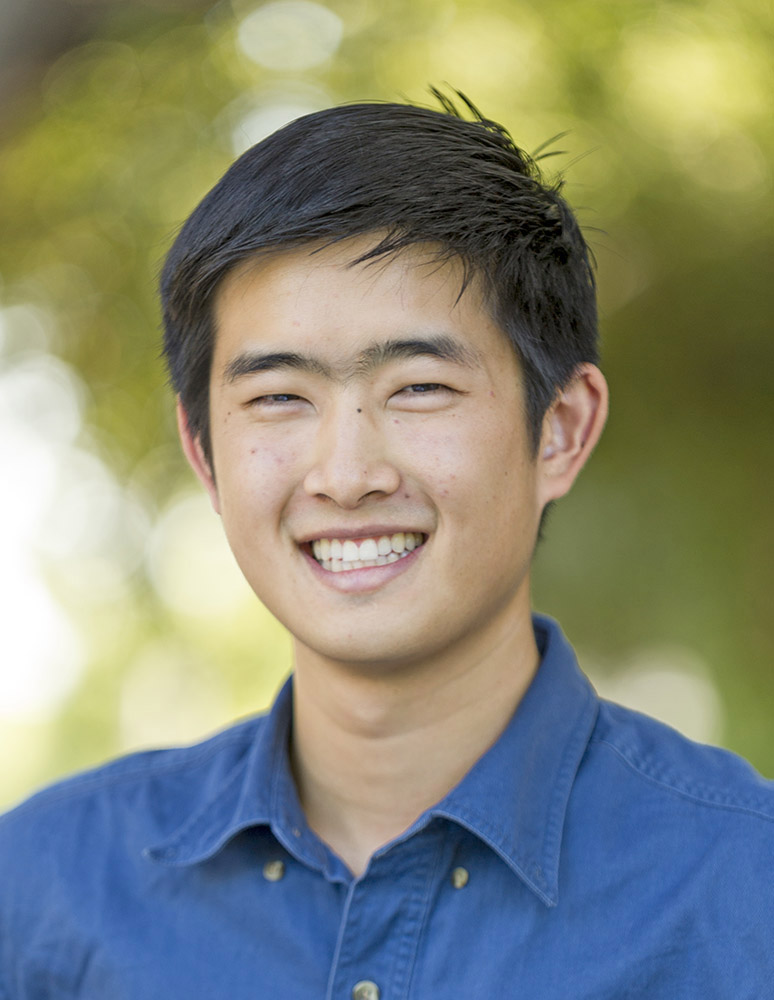Lam Re-ups on Astronaut Scholarship
August 21, 2015
Senior engineering major Sherman Lam has become just the eighth Harvey Mudd College student to be awarded a second-year Astronaut Scholarship by the Astronaut Scholarship Foundation, which provides scholarships for college students pursuing science and technology careers.
Students who earn the prestigious $10,000 award in their junior year are eligible to apply for a second year. Lam received the award during the 2014–2015 academic year for demonstrating exceptional academic performance and dedication in robotics research in the Lab for Autonomous and Intelligent Robotics (LAIR), under the advisement of engineering Professor Christopher Clark. He receives it again in 2015–2016 for his continued research.
“Over the last year, Sherman has shown a high level of dedication to his research,” says Clark. “He has improved upon work from his 2014–2015 project in autonomous underwater glider planning by having the path planner account for ocean currents, as well as readying the planner for actual glider deployments along the East Coast to take place during fall 2015.”
Begun in spring 2015, Lam’s current project is a tensegrity-based spherical rolling robot. Together with Clark, Lam sought to create a more robust robot for lava tube exploration. Their idea is an elastic, spherical robot that can be dropped into a lava tube, land safely and navigate the space, regardless of landing orientation. The “tensegrity” is an elastic structure that allows the robot to absorb the impact of a fall, while its spherical shape allows the robot to roll around by shifting its center of mass.
“We ended up building a couple of proof-of-concept platforms that successfully demonstrated this means of locomotion,” says Lam. “We’re now working on developing a better platform that will use an inertial measurement unit to determine the robot’s orientation and have an onboard controller to drive the robot in a steady and predictable manner.”
This summer, Lam interned at NASA’s Jet Propulsion Laboratory with the Extreme Environment Robotics Group, where he created a miniaturized and highly mobile wall-climbing robot for surveillance and exploration applications. µDROP, “Micro Durable Reconnaissance and Observation Platform,” is equipped with many small hooks (“microspines”) embedded in flexible wheel structures. These microspines can adhere to rough surfaces, allowing the platform to climb rough, vertical walls. Miniaturization included designing a new, small-scale printed circuit board for the onboard microcontroller and sensors, testing new microspine designs and prototyping a highly flexible chassis.
Asked whether he will attend graduate school or enter industry upon graduation, Lam is undecided. “I’m exploring my options,” he says. “My long-term career goal is to develop novel robotic platforms for space exploration. JPL is a great place for me to pursue this goal, and I would love to return to JPL in the future, either as an intern or full-time employee.”
